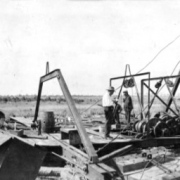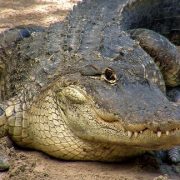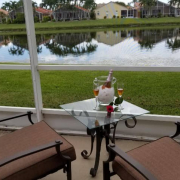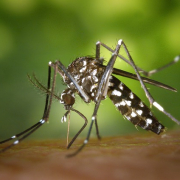Stormwater ponds are attractive enhancements to many residential communities and businesses within the Lake Worth Drainage District (LWDD) boundary. But more than pretty to look at, these waterbodies serve an important public safety purpose as they are part of the overall flood control system for the neighborhood.
In our area, flood control is a shared responsibility. Achieved through an interconnected 3-tiered system, each of the 3 groups must work together and coordinate efforts for effective flood control. The flood control process begins with the neighborhood’s stormwater pond. When the pond water rises in response to rainfall the excess stormwater will flow through underground pipes to the next link in the flood control chain – the LWDD canals. LWDD canals move excess water to the larger-capacity regional flood control system operated by the South Florida Water Management District (SFWMD) where the excess stormwater can be channeled to storage areas or coastal discharge points.
When the neighborhood pond discharges water to LWDD, it does so through a discharge control structure. Regardless of the design of the control structure, or if the structure is in an open or closed position, excess stormwater will continuously drain from the pond until the proper water elevation is achieved.
The LWDD is unique in that we are the only drainage district authorized by the SFWMD to coordinate the opening of operable control structures with residential communities. This authorization may be given before a weather event to increase capacity in a stormwater pond. Authorization may also be given after a storm to help alleviate street flooding for emergency response vehicles. LWDD works closely with property managers and community boards to manage potential flooding. However, residents should note that after a rain event some standing water in roads, sidewalks, yards and other low-lying areas is normal and required to keep flood water away from homes.
Stormwater ponds can be valuable landscape enhancements. Plantings around the pond can provide natural habitat for wildlife and some ponds are designed with fountains and lighting. But as beautiful as your pond may be, its function is to help protect your home from flooding. You can learn more about stormwater ponds and community flood control at www.lwdd.net/managing-water.






